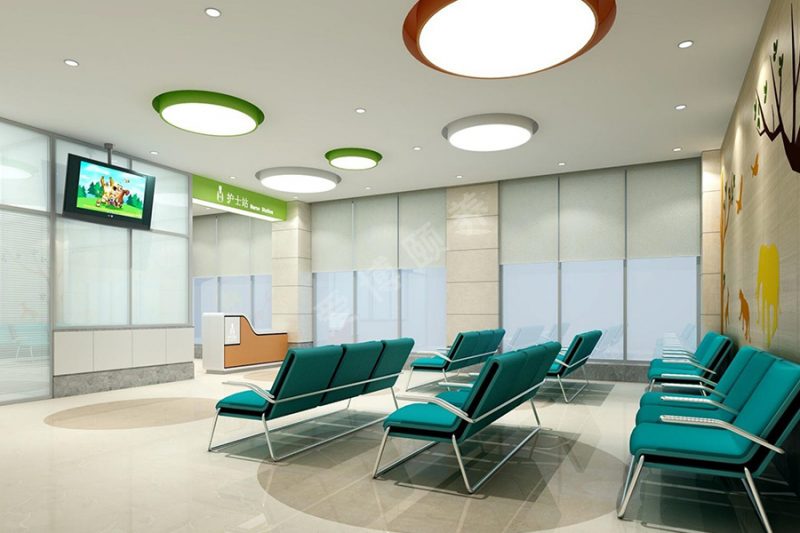Ophthalmology hospital furniture is tailored to meet the unique needs of eye care facilities, ensuring patient comfort, supporting precise clinical procedures, and promoting efficient workflows. From the waiting area to specialized examination rooms, high-quality, well-designed furniture enhances both patient experience and staff performance in ophthalmology hospitals and clinics.
Why Specialized Furniture Matters in Ophthalmology Hospitals
Patient Comfort and Accessibility: Many ophthalmology patients are elderly or have visual impairments. Ergonomically designed seating, clear pathways, and proper lighting are crucial.
Clinical Precision: Ophthalmic procedures demand stability, adjustability, and integration with high-tech medical devices.
Infection Control: Smooth, non-porous, and easy-to-clean surfaces reduce infection risks, which is vital for eye health.
Workflow Optimization: Modular furniture and efficient layouts minimize unnecessary movement and support specialized ophthalmic workflows.

Essential Ophthalmology Hospital Furniture
Ophthalmic Examination Chairs
Electrically or hydraulically adjustable for precise patient positioning.
Comfortable, stable, and accessible for all ages.
Ophthalmic Instrument Tables
Height-adjustable and robust, designed to hold slit lamps, autorefractors, and other specialized equipment.
Integrated cable management and smooth rolling casters.
Refraction Units
Integrated stations combining chair, table, and instrument mounts for seamless eye exams.
Waiting Room Furniture
Soft, supportive seating with clear signage and non-slip flooring.
Consideration for patients with low vision: high-contrast colors, tactile guides.
Reception Desks
Accessible counters for patient check-in and record management.
Space for secure storage of sensitive documents.
Doctor and Technician Workstations
Ergonomic desks and seating for charting, digital imaging, and telemedicine tasks.
Storage Cabinets and Drawers
For safe, organized storage of lenses, diagnostic tools, surgical supplies, and medications.
Mobile Carts
For transporting diagnostic instruments and medications between rooms.
Specialty Pediatric Furniture
Smaller, colorful chairs and tables for children’s eye clinics.
Key Design Considerations
Lighting: Adequate, adjustable, glare-free lighting is essential for both examinations and patient navigation.
Accessibility: ADA-compliant furniture, wide aisles, and easy-to-identify features support patients with low vision or mobility issues.
Ergonomics: Both staff and patient furniture should minimize strain and support long procedures.
Modularity and Flexibility: Modular units and mobile furniture allow for easy reconfiguration as clinical needs change.
Aesthetics: Calm, neutral or soft colors reduce anxiety and create a healing environment.
Modern Trends in Ophthalmology Hospital Furniture
Digital Integration: Furniture designed to support digital imaging systems, EMR stations, and telemedicine tools.
Antimicrobial Materials: Surfaces that inhibit the growth of bacteria, enhancing infection control.
Patient-Centered Design: Layouts and furniture choices that improve navigation for visually impaired patients.
Sustainable Materials: Eco-friendly, recyclable, and low-emission furniture options for green hospitals.
Conclusion
Investing in specialized ophthalmology hospital furniture is critical to providing safe, comfortable, and efficient vision care. By focusing on patient accessibility, clinical precision, and modern design, eye hospitals can create environments that support both exceptional patient care and staff performance.
Need custom ophthalmology hospital furniture solutions? Contact us for consultation, design, and a full range of eye care facility furniture!
